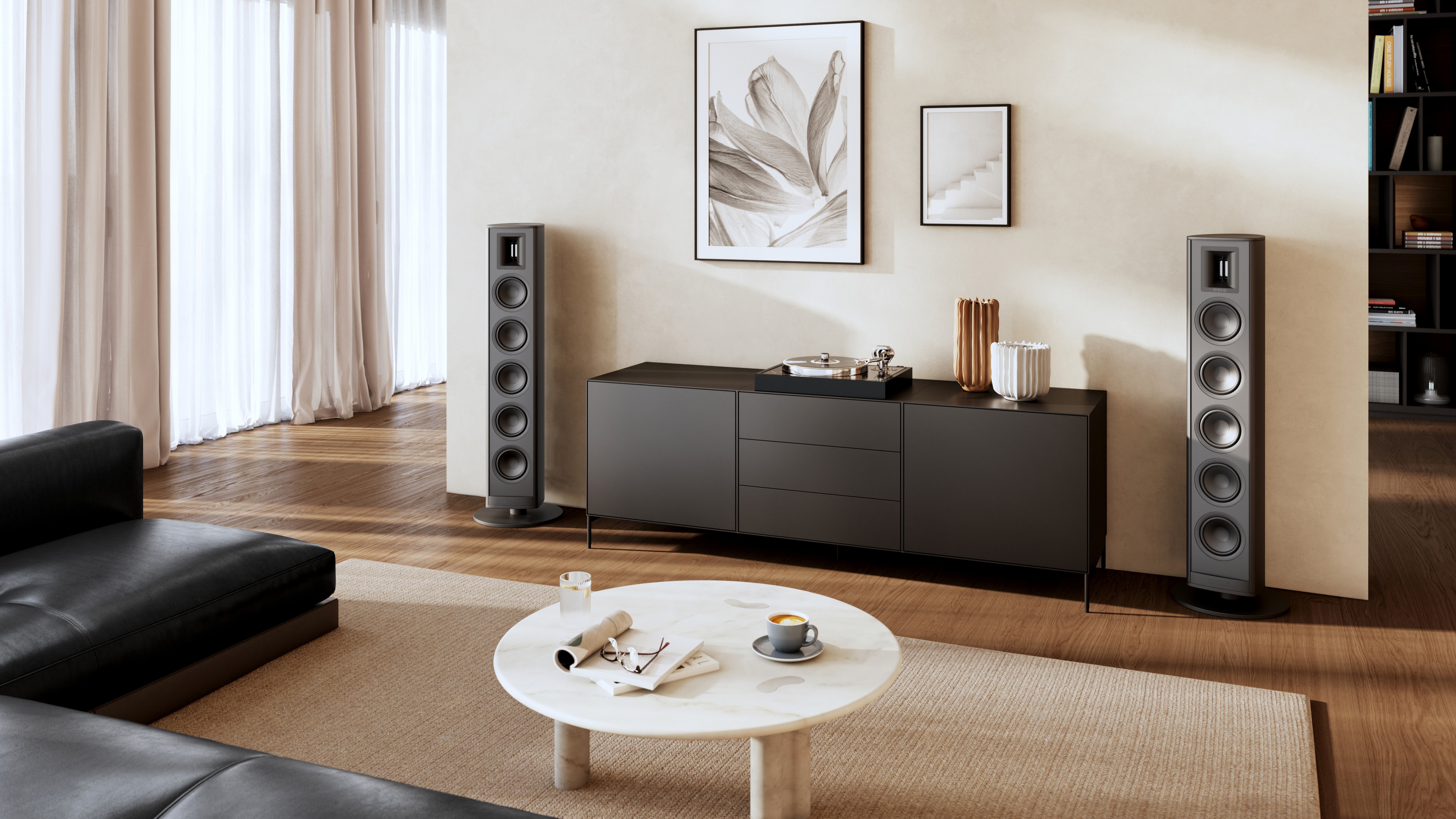Standmounts vs floorstanders: which speaker type should you buy?
A big question that needs careful consideration
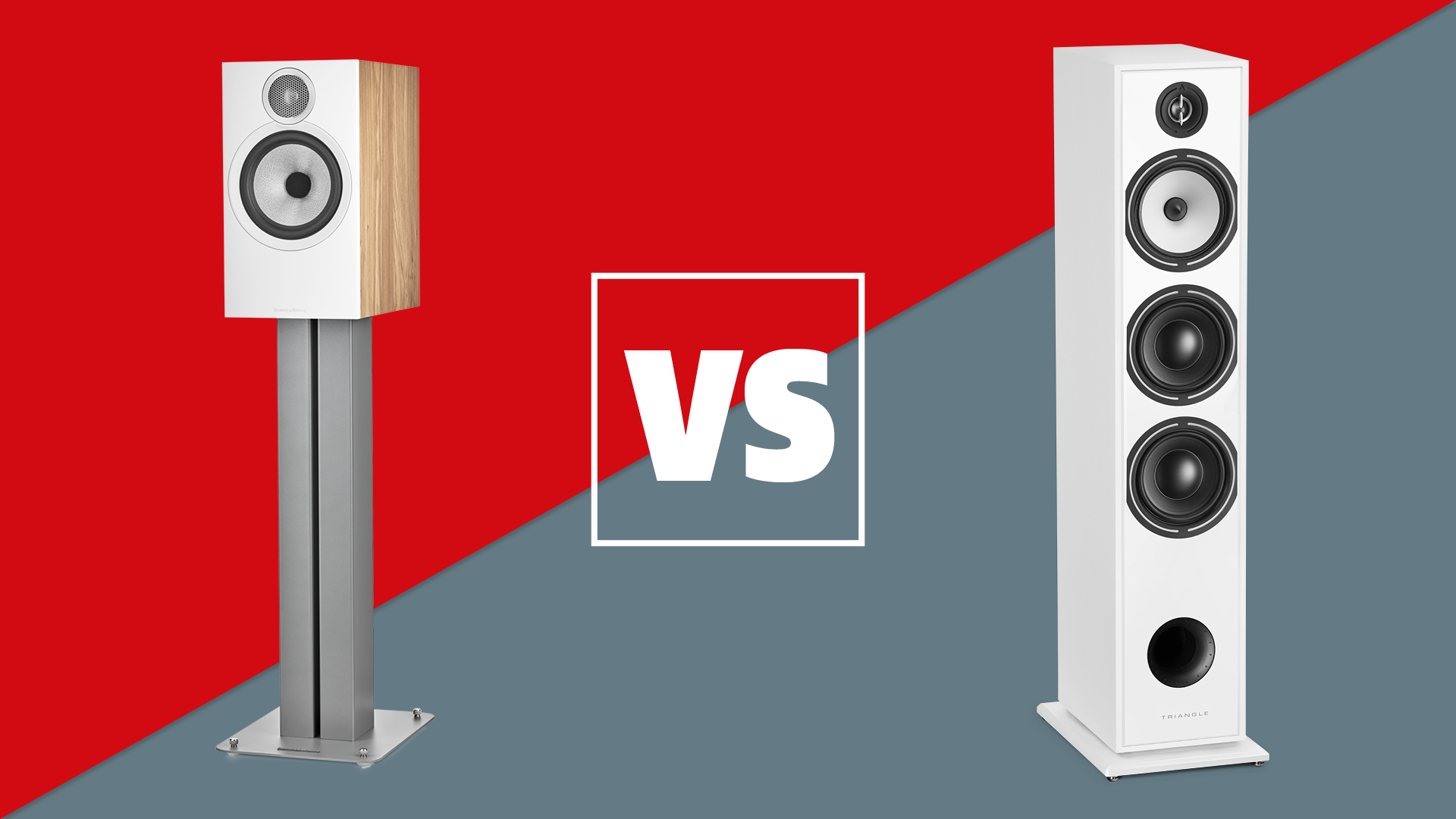
If you're looking for a new pair of speakers, the first question to naturally ask yourself is: standmounts or floorstanders? The former are smaller, 'bookshelf' speakers designed to sit on speaker stands while the latter are taller and designed to sit directly on the floor, and until you've narrowed it down to either category, you really can't carry on with the rest of your research. It's therefore worth spending a bit of time to find out which best serves your needs.
There are eight questions to help you arrive at the speaker type best for you. Once you've worked out the answer to each, you'll be a lot closer to making that crucial decision. Ignore them at your peril, as you may end up wasting money on something that isn't right for your room, preference or system budget.
What’s your budget?
Let’s start with the most obvious question. If you’re seeking a bargain that sounds great, you’re more likely to be looking at standmount speakers. This isn’t just because you’re paying for more wood or extra drivers, rather that it’s more difficult to engineer top-performing floorstanders for the same price you can with a smaller speaker.
A larger cabinet can equal more unwanted resonance – leading to greater distortion, difficulty with controlling dynamics and the like – so more care needs to be taken in cabinet design.
On the flip side, standmount speakers will need to be paired with suitable speaker stands, so you will need to take that into consideration. After these essential add-ons, the few genuinely brilliant budget floorstanders may end up saving you money on a price-equivalent pair of standmounters. You can see our budget, mid-priced, premium and high-end favourites in each category in our best speakers buying guide.
How much space do you have?

This could be the make-or-break question. It isn’t so much about the speakers’ footprint – even the most slender standmount speakers take up around the same amount of floor space as a pair of towers once on some decent stands – but how much room the speakers have to breathe.
There are plenty of generally unfussy speakers that don’t mind having their backs close up against a wall. Some have rear-firing ports that perform best with a wall backing, in fact. But most of the time you’ll get the best performance by placing them some way out into the room – 30cm or so at least. Though there’s no hard and fast rule, often the bigger the speaker the more space it needs in which to work.
The latest hi-fi, home cinema and tech news, reviews, buying advice and deals, direct to your inbox.
Smaller standmounters can usually tuck in tighter, so there’s no point buying a huge pair of floorstanders if their presentation is going to be hamstrung by the size of your bedsit.
How loud can you go?
Contrary to the belief of pub bands the world over, increased volume does not make everything sound better. But if your living room is the size of a football pitch, are those entry-level bookshelf speakers really going to be able to fill it with sound?
Every speaker has its sweet spot for volume. So if you’re overworking a pair of standmounters, or starving a pair of floorstanders, you’re simply not going to get the best return on your money in terms of sonic performance.
What are you using them for?
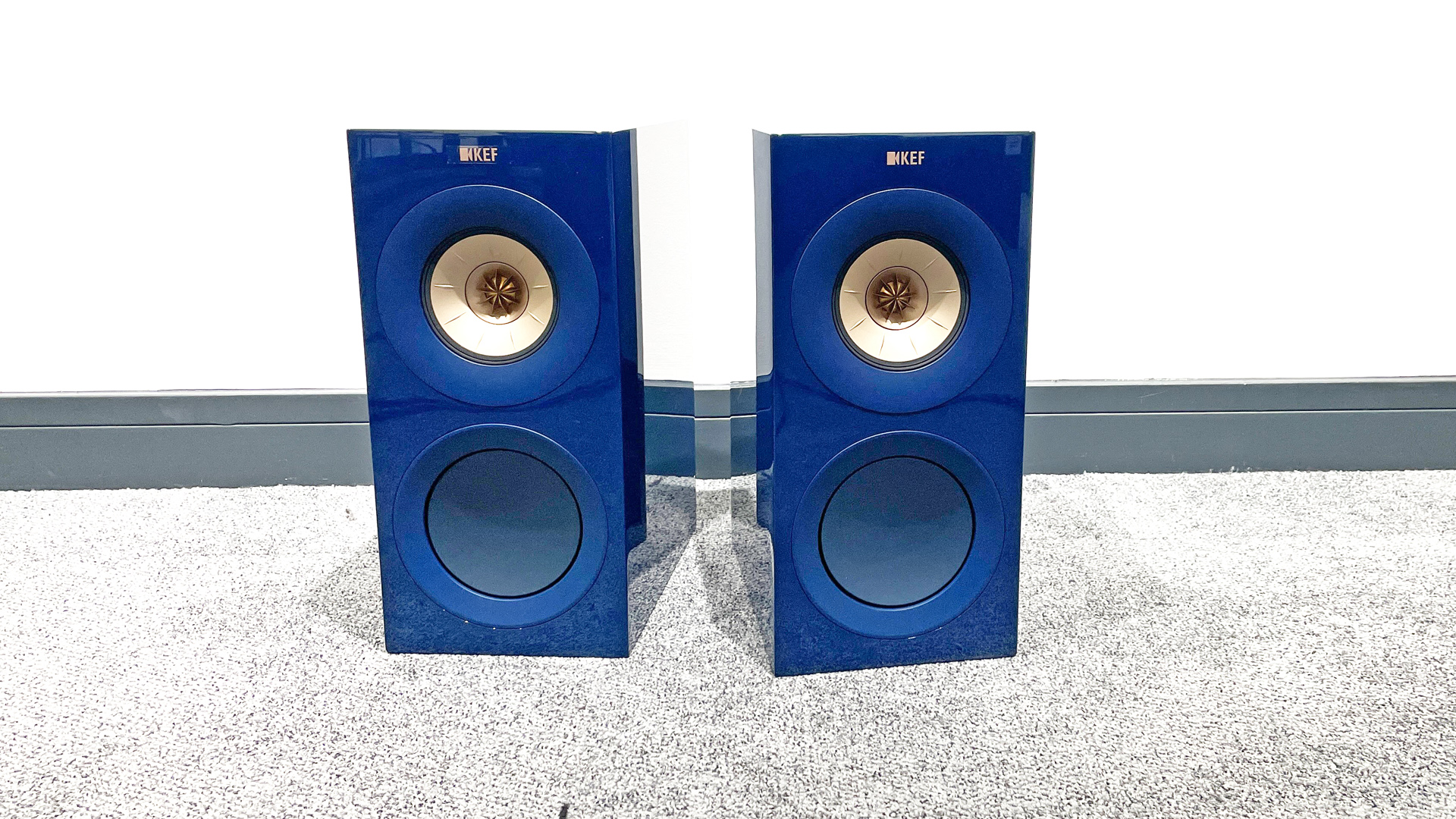
So, you’re lucky enough to be able to spend money on what you enjoy, but you will probably still want to make every penny stretch. If your new speakers are for more than listening to music, in particular for a home cinema, that might tip the balance toward a larger cabinet.
Standmounters might be suitable for your hi-fi needs, but will getting a pair of speakers capable of a more powerful performance save you from buying a second audio set-up (or at least an external subwoofer) for your action movie marathons?
How low do you need to go?
We’ve tested plenty of smaller speakers where the low-end response has been extremely impressive, so if you want to feel your insides rumble you might not need to go as large as you’d think.
That said, the larger cabinets of a pair of floorstanders generally deliver more powerful, though not uniformly precise, bass, so that may be the way to go if the bottom frequencies are a main concern.
Still, if other sections of this feature have you leaning towards a smaller set of speakers, there’s always the option of curating a 2.1 system by pairing them with a decent subwoofer to give them some extra welly.
What’s your partnering kit like?
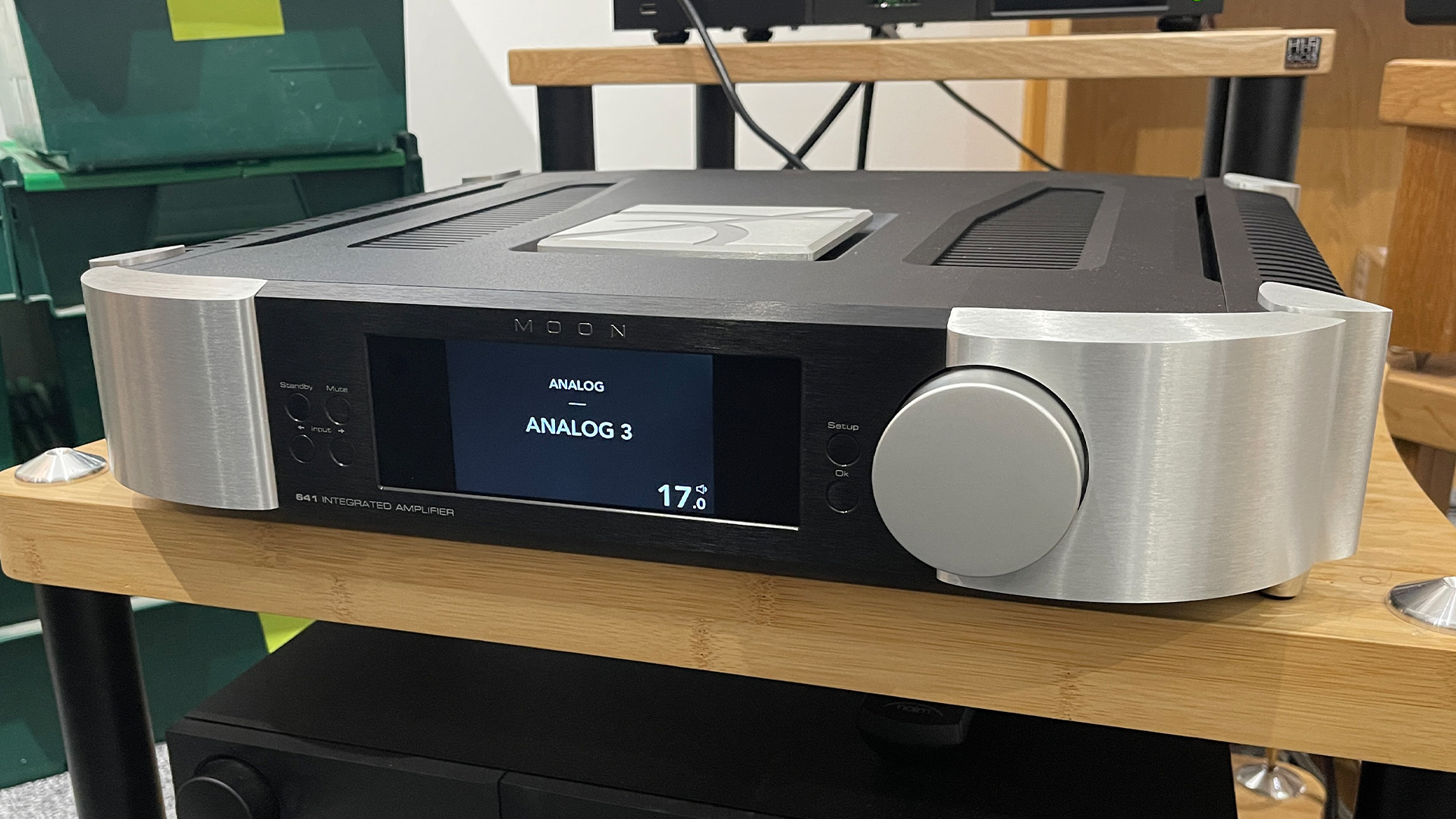
In terms of whether you buy standmounts or floorstanders, partnering kit is going to make a difference. That may have something to do with budget – there’s no point in partnering huge towers with a cut-price micro-system, to give one of the more extreme examples – but also the amount of power your amp can feed into them.
Another way to look at it is whether the speakers you’re looking to buy will give you wiggle room for future upgrades in the rest of your system.
If you’re already thinking about a more powerful amplifier as your next purchase, you might consider a more capable pair of speakers that will show off its muscle long term. If your speakers are demanding to drive, you’ll need a suitably muscular amplifier to support them. Our how to choose the right speakers advice should help steer you in the right direction on this matter.
How will they look?
While our What Hi-Fi? review ratings are mostly concerned with audio performance, we will often pass comment on the aesthetic design of a product. Facets such as poor build or a lack of features matter more than aesthetics alone of course, and can rob a great-sounding product of a star.
Of course, there are plenty of eye-catching standmounts and floorstanders – for both the right and wrong reasons; perceived value can be dangerous. But the main point is you don’t want your speakers to look silly in the room.
Chances are, if you feel ashamed looking at your speakers, you’re less likely to spend as much time enjoying listening to them.
What about set-up?
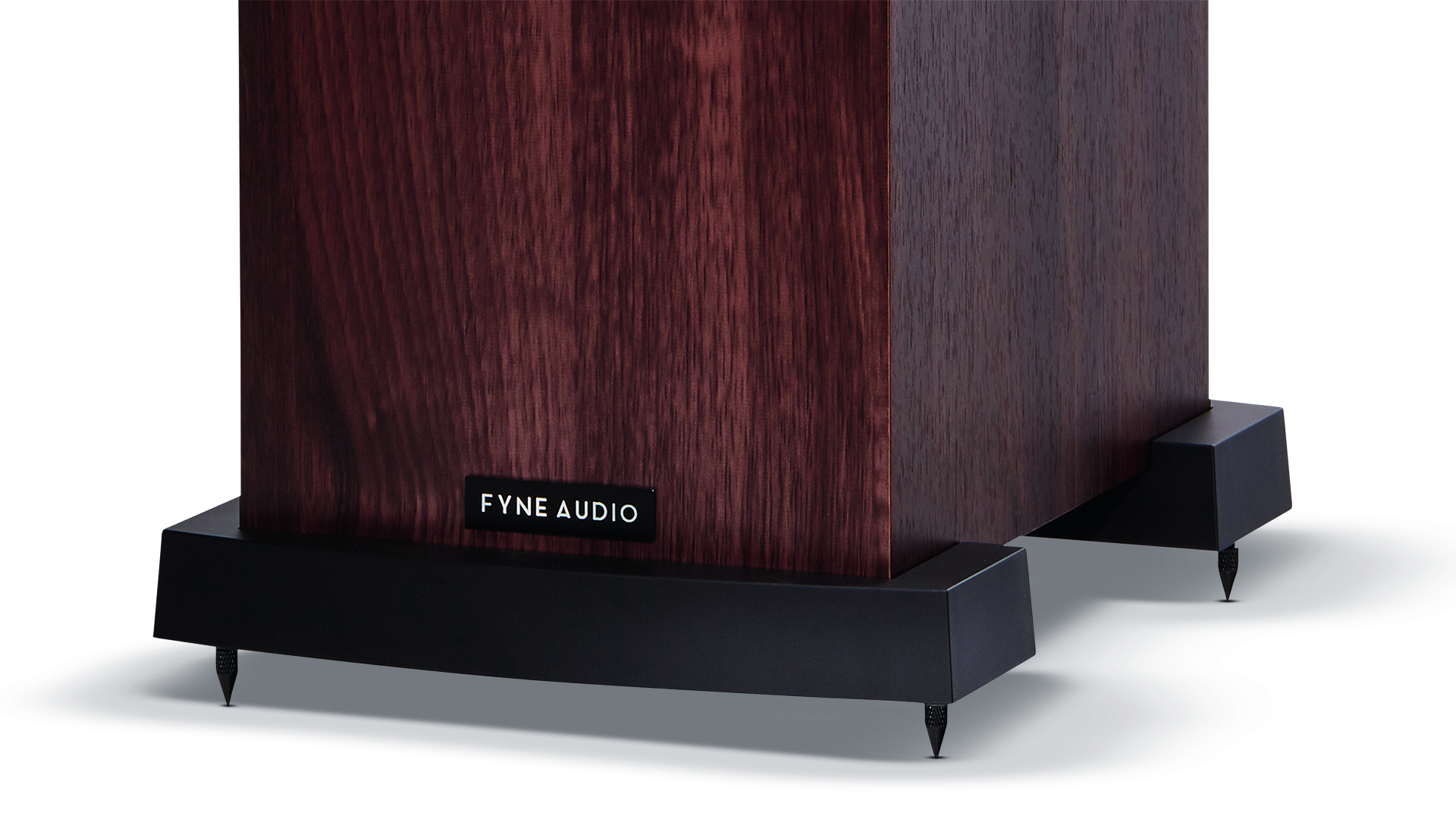
We’ve written at length about how best to set up and position your speakers, for both stereo and home cinema performance, but we’ll never miss an opportunity to reiterate the importance of careful installation.
In this instance, that means you’ll need to factor in the cost of dedicated speaker stands for any standmounts, and be diligent in fixing the feet and any spikes to a pair of floorstanders.
Hopefully, you will already have measured your room to ensure your new speakers – and the space they need to perform at their best – can be properly accommodated. But, though the product manual is always a great place to start, positioning is all about experimentation and fine-tuning.
The type of speaker you thought would sound best in your room might turn out to be unsuitable, so do borrow a pair to try out at home if the opportunity is there.
After that, if you still can’t decide whether it’s floorstanders or standmount speakers you’re after, you’ll just have to visit your local dealer and try out a few of the options in the shop itself.
It may take a little more time than you’d planned, but there are plenty worse ways to spend an afternoon, right?
MORE:
How to build the perfect hi-fi system
10 of the best songs to test your speakers
Your hi-fi system's sound is being ruined and you don't even know it

Becky is a hi-fi, AV and technology journalist, formerly the Managing Editor at What Hi-Fi? and Editor of Australian Hi-Fi and Audio Esoterica magazines. With over twelve years of journalism experience in the hi-fi industry, she has reviewed all manner of audio gear, from budget amplifiers to high-end speakers, and particularly specialises in headphones and head-fi devices.
In her spare time, Becky can often be found running, watching Liverpool FC and horror movies, and hunting for gluten-free cake.
